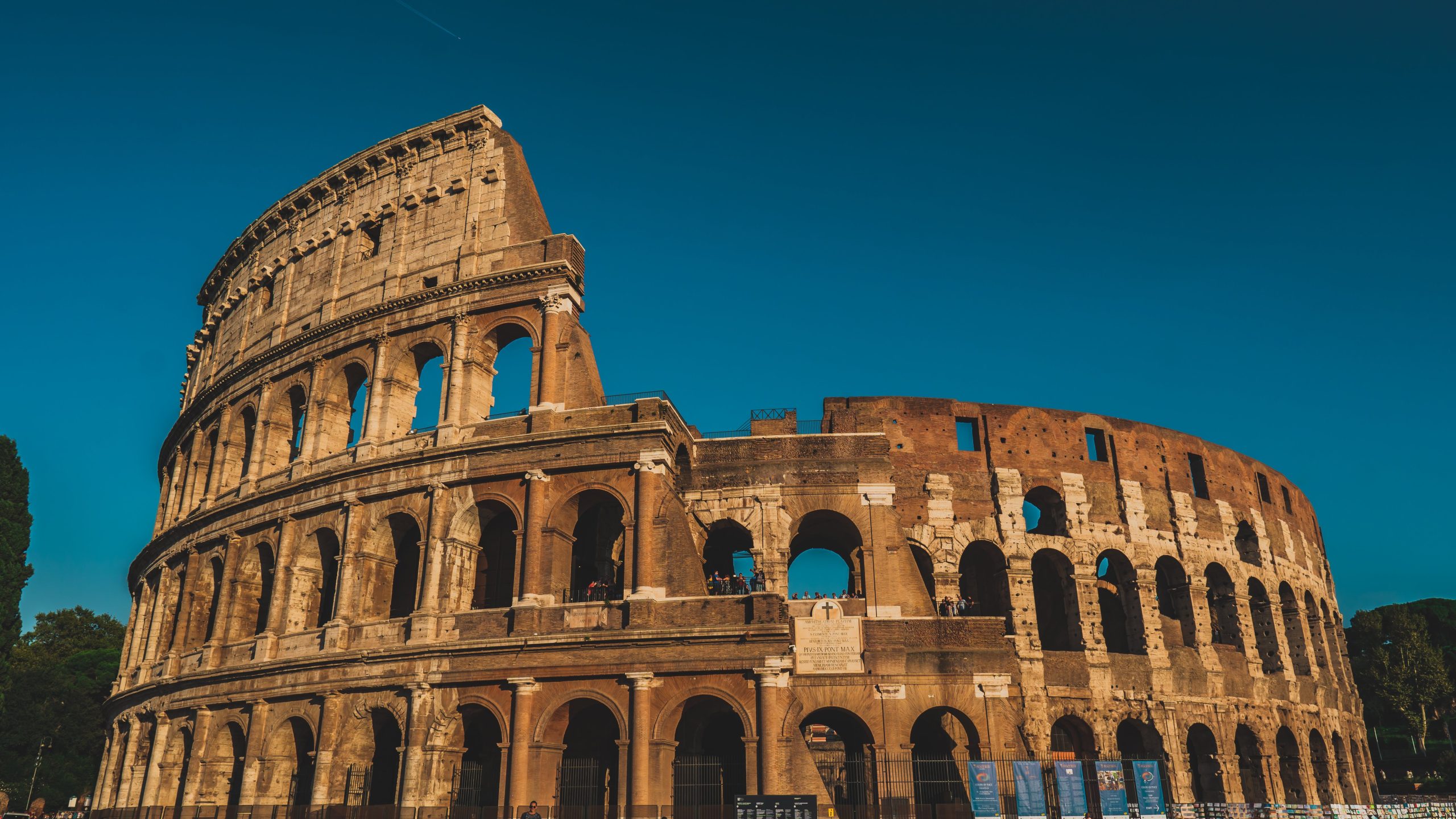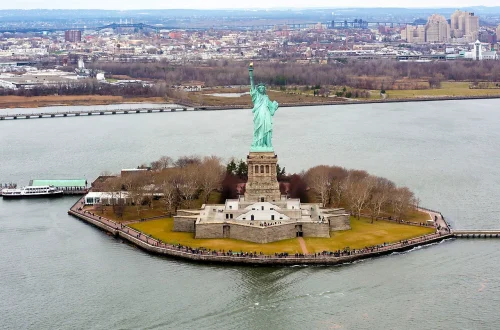The UNESCO World Heritage List is a testament to the cultural, historical, and natural wonders that have captured the imagination of humanity. With a diverse array of sites spanning the globe, these destinations have been recognized for their outstanding universal value. In this article, we will embark on a virtual journey to explore the top 20 UNESCO World Heritage Sites, delving into their rich histories, architectural marvels, and natural splendors.
The UNESCO World Heritage sites
Machu Picchu (Peru):
Nestled in the Andes Mountains, Machu Picchu is an ancient Incan city that stands as a testament to the ingenuity of the Inca civilization. Built in the 15th century, this UNESCO World Heritage Site boasts breathtaking stone structures, terraced fields, and panoramic views of the surrounding mountains.
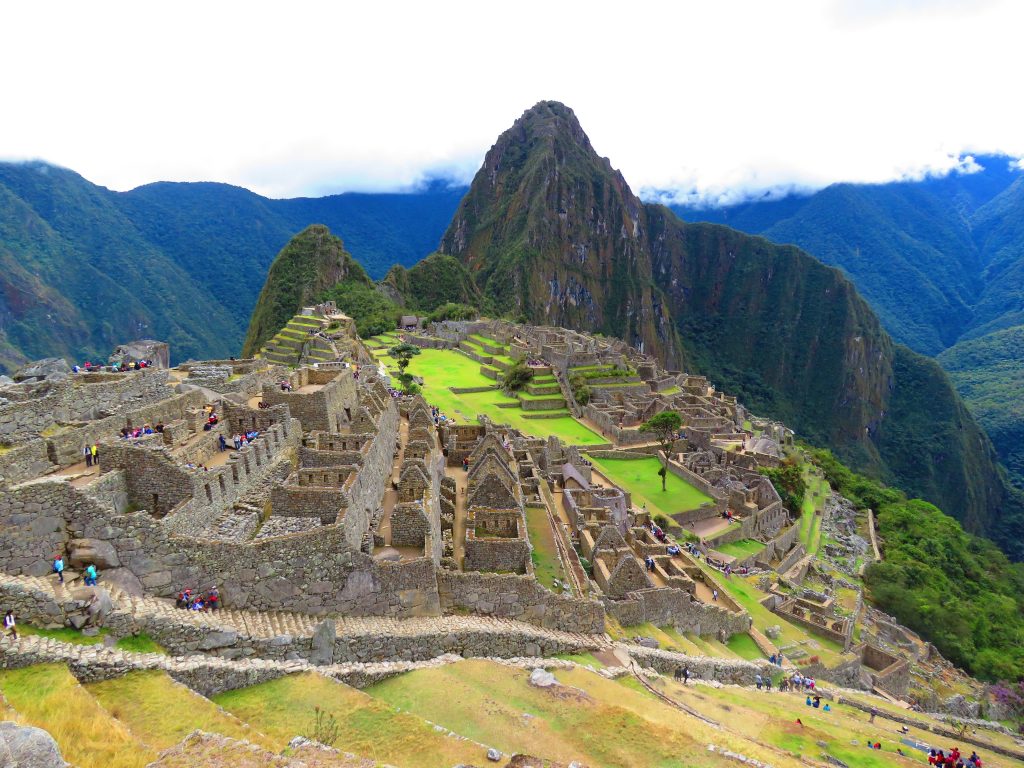
Great Wall of China (China):
The Great Wall of China, one of the most iconic human-made structures, stretches across northern China, winding through mountains and valleys. Originally built to protect against invasions, this colossal fortification is a testament to ancient engineering prowess.
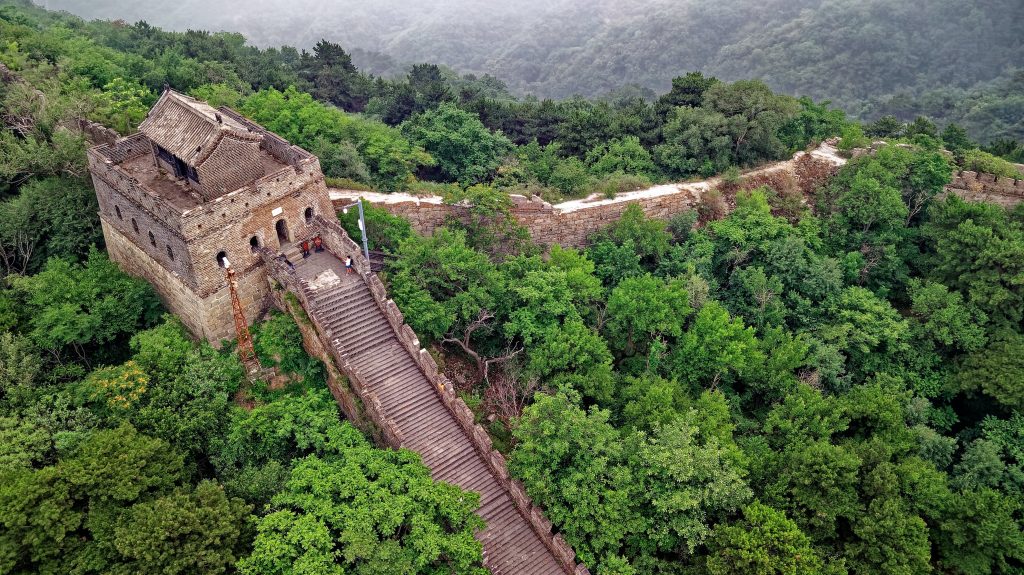
Taj Mahal (India):
The Taj Mahal, a UNESCO World Heritage Site since 1983, is a masterpiece of Mughal architecture. Commissioned by Emperor Shah Jahan in memory of his beloved wife Mumtaz Mahal, this white marble mausoleum in Agra is an enduring symbol of love and beauty.
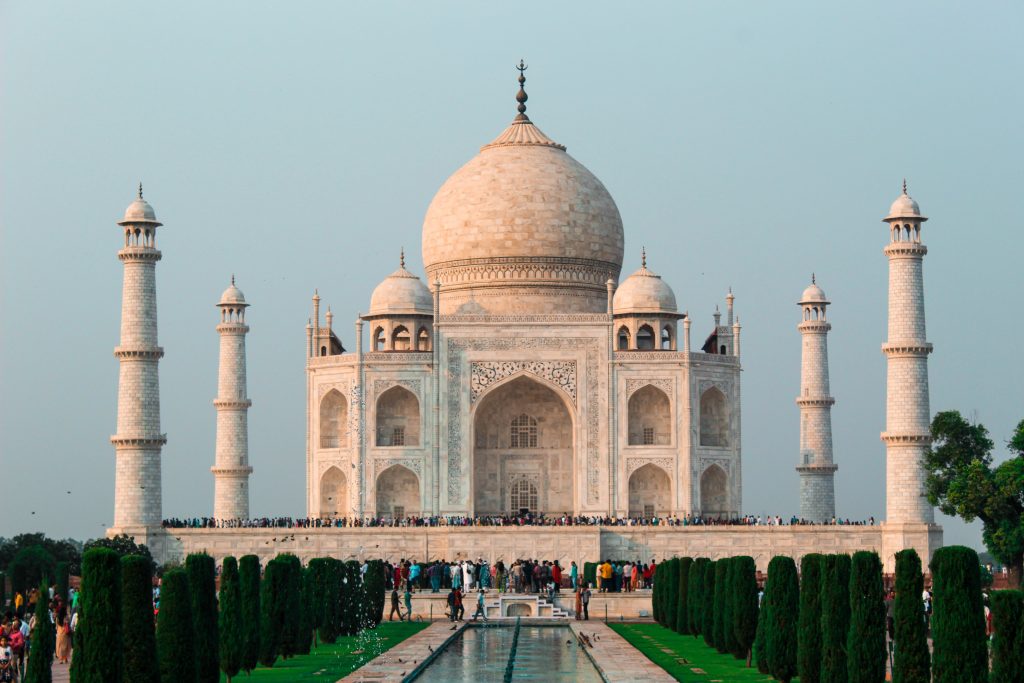
Pyramids of Giza (Egypt):
The Pyramids of Giza, including the Great Pyramid, are among the Seven Wonders of the Ancient World. Built as elaborate tombs for pharaohs, these massive structures have fascinated and mystified visitors for centuries.
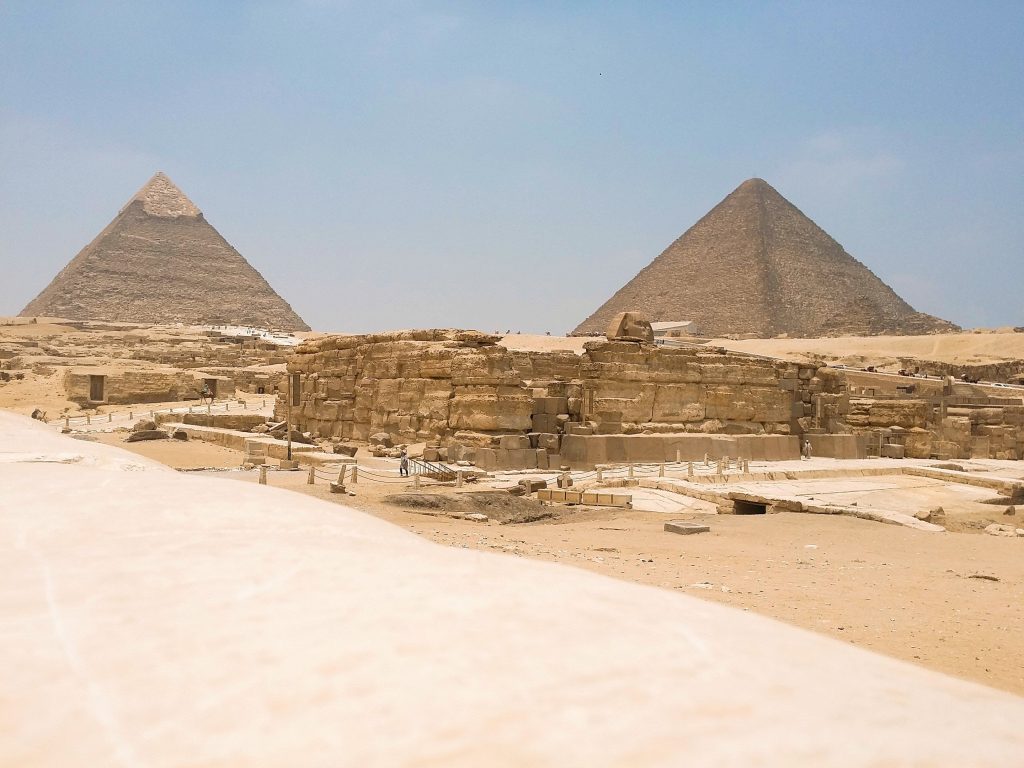
Colosseum (Italy):
The Colosseum, an iconic symbol of ancient Rome, is a massive amphitheater that once hosted gladiatorial contests and public spectacles. This architectural marvel continues to stand as a testament to the grandeur of Roman engineering.
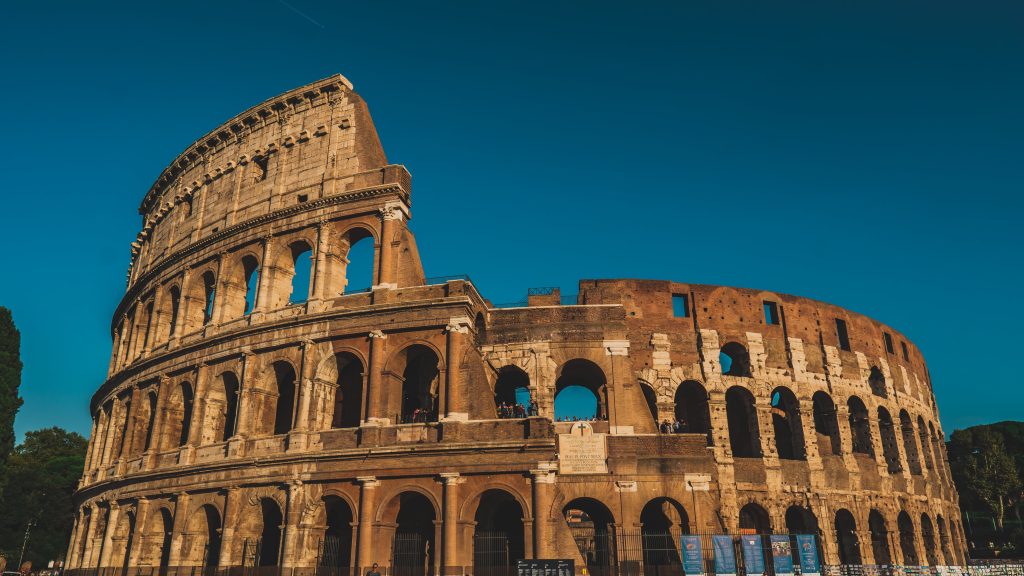
Angkor Wat (Cambodia):
Angkor Wat, the largest religious monument in the world, is a sprawling temple complex in Cambodia. Originally dedicated to the Hindu god Vishnu and later transformed into a Buddhist site, Angkor Wat is renowned for its intricate carvings and majestic architecture.
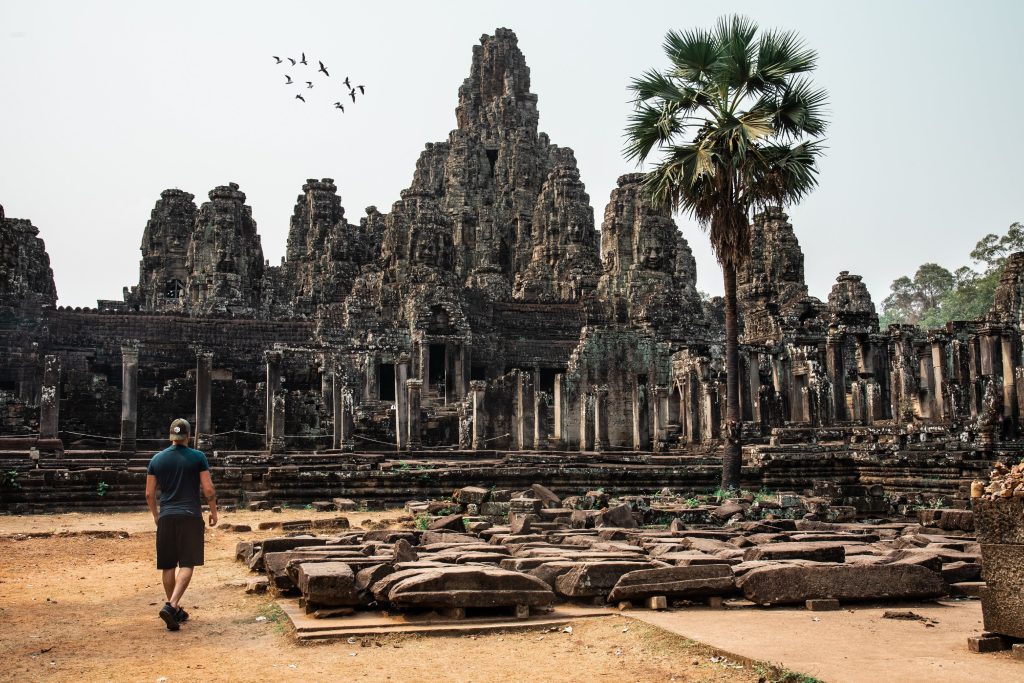
Petra (Jordan):
Carved into rose-red cliffs, the ancient city of Petra in Jordan is a UNESCO World Heritage Site that reflects the Nabataeans’ architectural prowess. The famous Al-Khazneh, or “The Treasury,” is an iconic structure that welcomes visitors to this archaeological wonder.
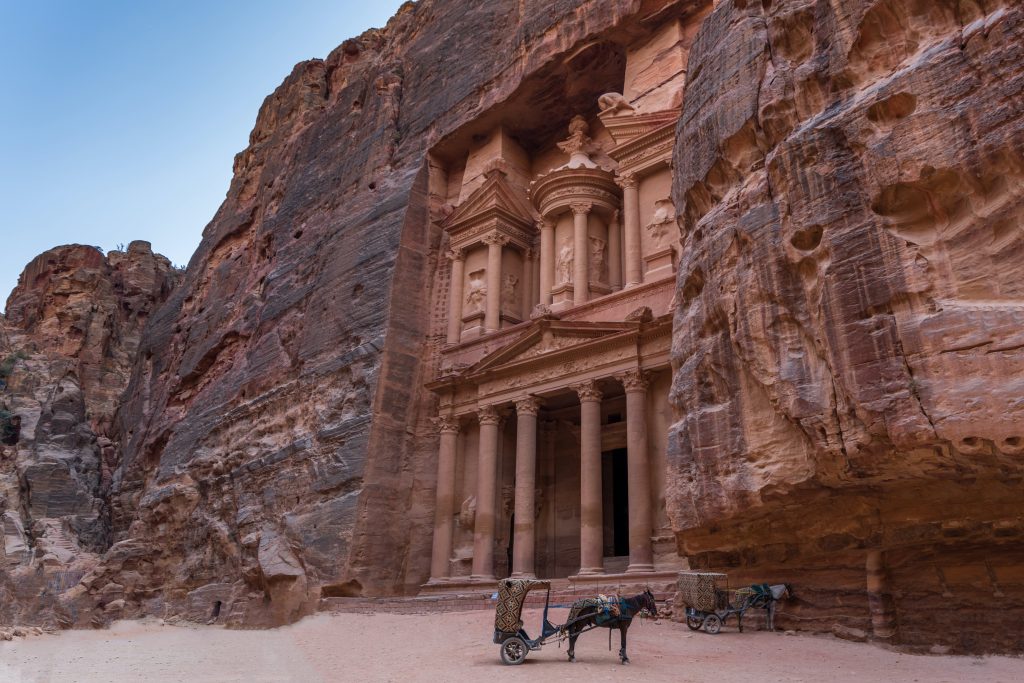
Acropolis of Athens (Greece):
Perched on a rocky outcrop, the Acropolis of Athens is a symbol of ancient Greek civilization. Dominated by the Parthenon, this UNESCO World Heritage Site is a testament to the architectural and artistic achievements of the Athenians.
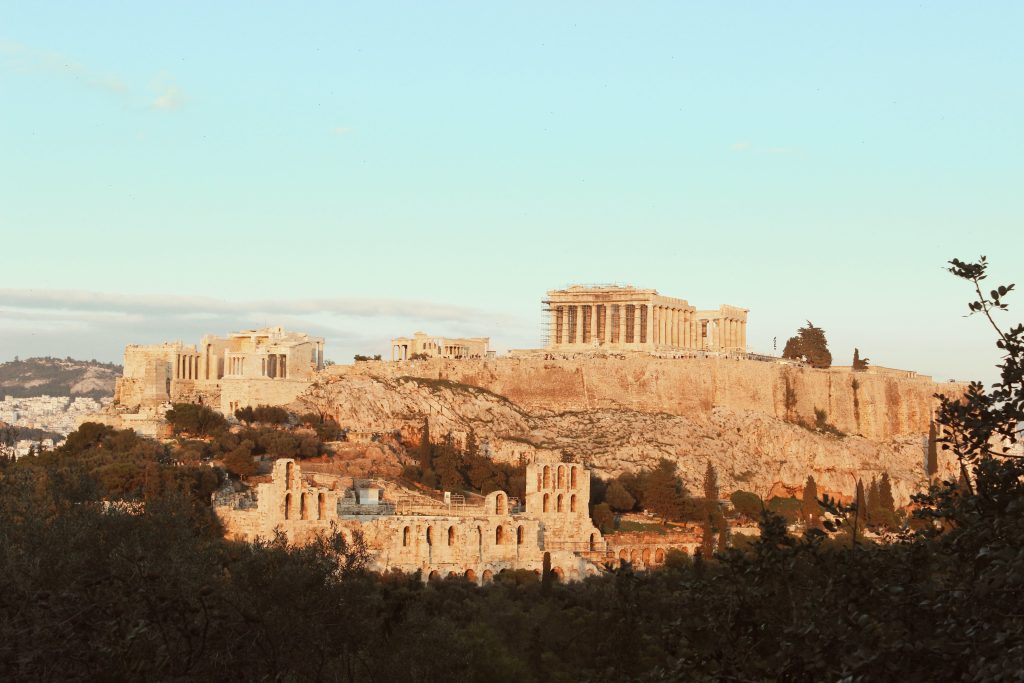
Great Barrier Reef (Australia):
The Great Barrier Reef, the world’s largest coral reef system, is a marine wonder off the coast of Australia. Teeming with vibrant coral formations and diverse marine life, this natural marvel is a UNESCO World Heritage Site and a global treasure.
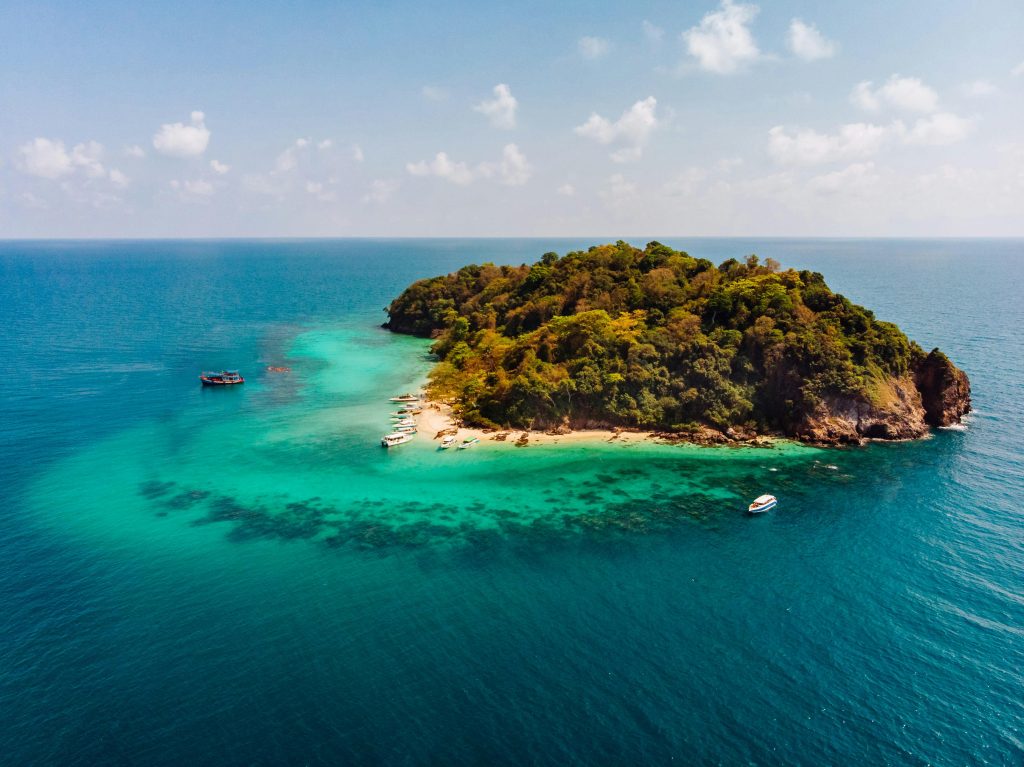
Venice and its Lagoon (Italy):
Venice, a city built on water, is a UNESCO World Heritage Site renowned for its canals, historic architecture, and unique charm. The city’s iconic landmarks, including St. Mark’s Basilica and the Doge’s Palace, contribute to its cultural and historical significance.
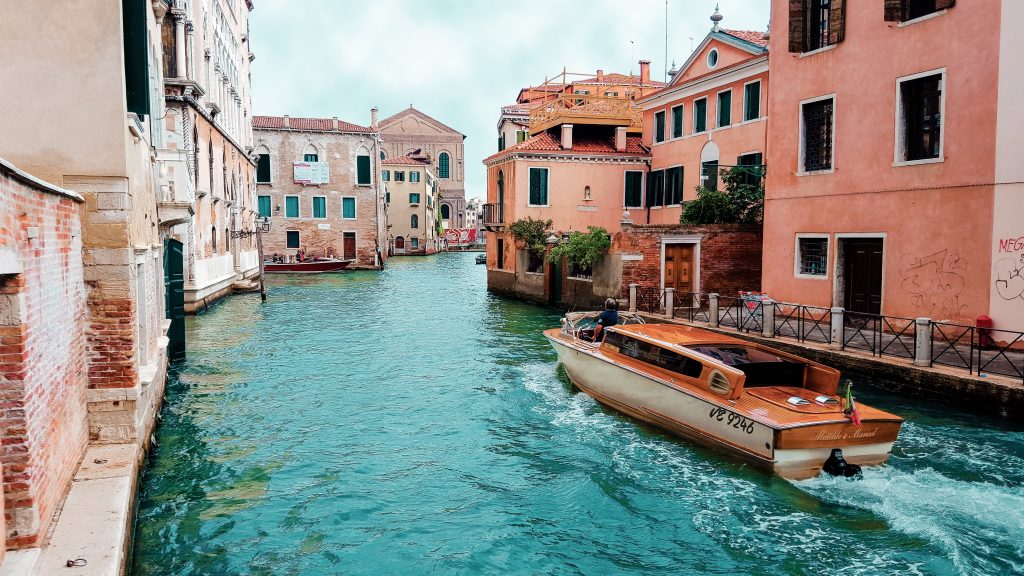
Borobudur (Indonesia):
Borobudur, a massive Buddhist temple in Java, Indonesia, is a UNESCO World Heritage Site adorned with intricate carvings and stupas. This ancient marvel showcases Indonesia’s rich cultural and religious heritage.
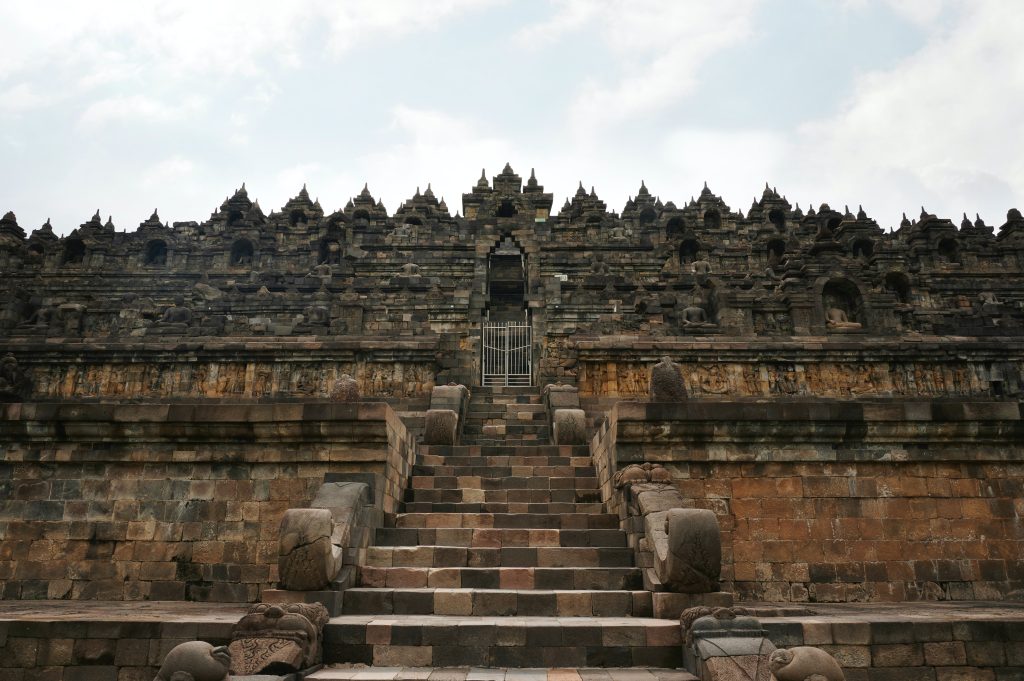
Galápagos Islands (Ecuador):
The Galápagos Islands, situated in the Pacific Ocean, are a living laboratory of evolution. Charles Darwin’s observations on these islands influenced his theory of natural selection. The diverse and unique wildlife, including giant tortoises and marine iguanas, make this archipelago a UNESCO World Heritage Site.
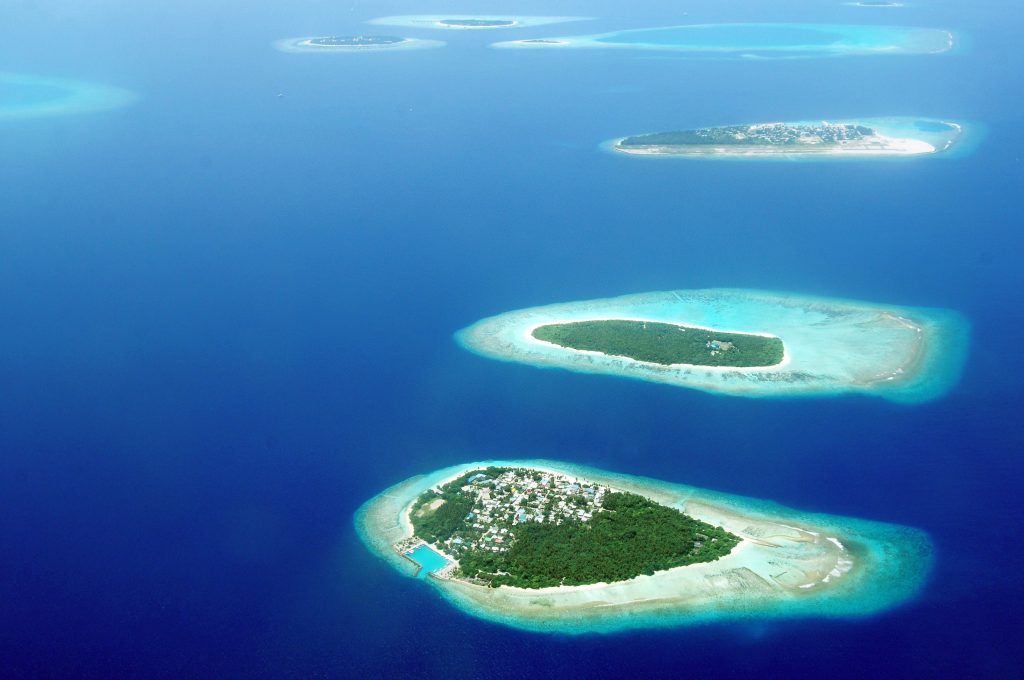
Stonehenge (United Kingdom):
Stonehenge, a prehistoric monument on the Salisbury Plain in England, is renowned for its ring of standing stones. The purpose and origin of Stonehenge continue to be subjects of intrigue and scholarly debate.

Chichen Itza (Mexico):
Chichen Itza, a complex of Mayan ruins on the Yucatán Peninsula, showcases the advanced architectural and astronomical knowledge of the Mayan civilization. The pyramid known as El Castillo is a central feature of this UNESCO World Heritage Site.
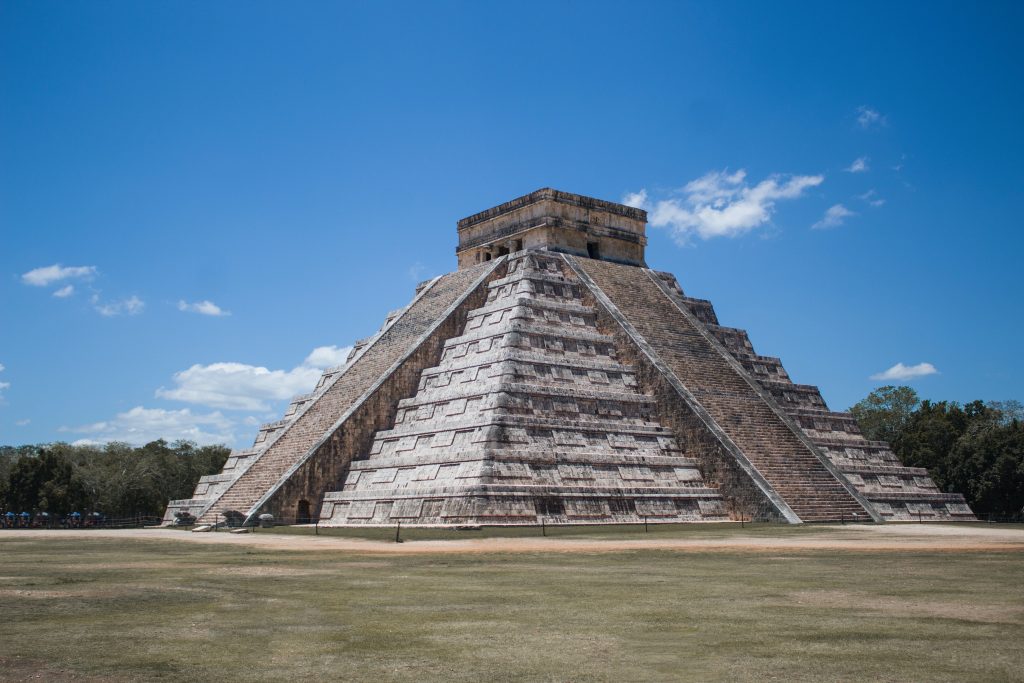
Statue of Liberty (United States):
The Statue of Liberty, a gift from France to the United States, stands as a symbol of freedom and democracy. Located in New York Harbor, this iconic statue has welcomed generations of immigrants to America’s shores.

Iguazu National Park (Argentina/Brazil):
Iguazu National Park, straddling the border between Argentina and Brazil, is home to the spectacular Iguazu Falls. The thundering waterfalls, surrounded by lush rainforest, create a breathtaking natural spectacle.
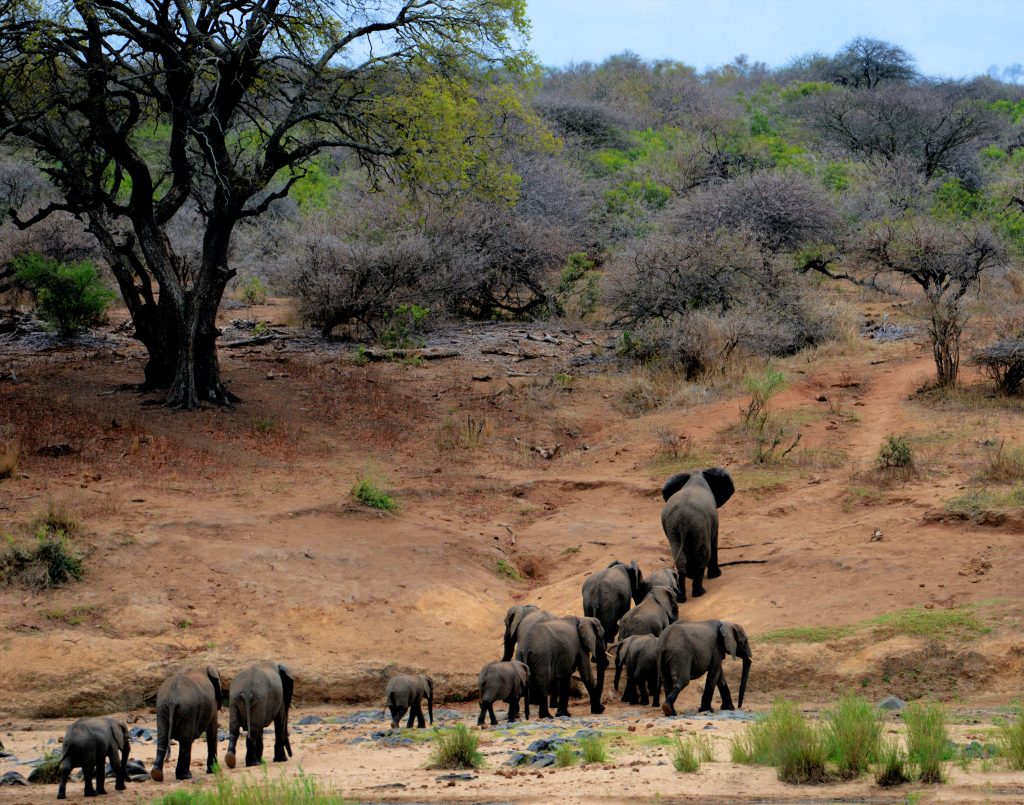
Eiffel Tower (France):
The Eiffel Tower, an iconic symbol of Paris, stands as a testament to French engineering and artistic flair. Built for the 1889 Exposition Universelle, the tower continues to attract millions of visitors each year.

Alhambra, Generalife, and Albayzín (Spain):
The Alhambra, a palace and fortress complex in Granada, Spain, showcases the breathtaking Islamic architecture of the Nasrid dynasty. The Generalife Gardens and the Albayzín district add to the cultural richness of this UNESCO World Heritage Site.
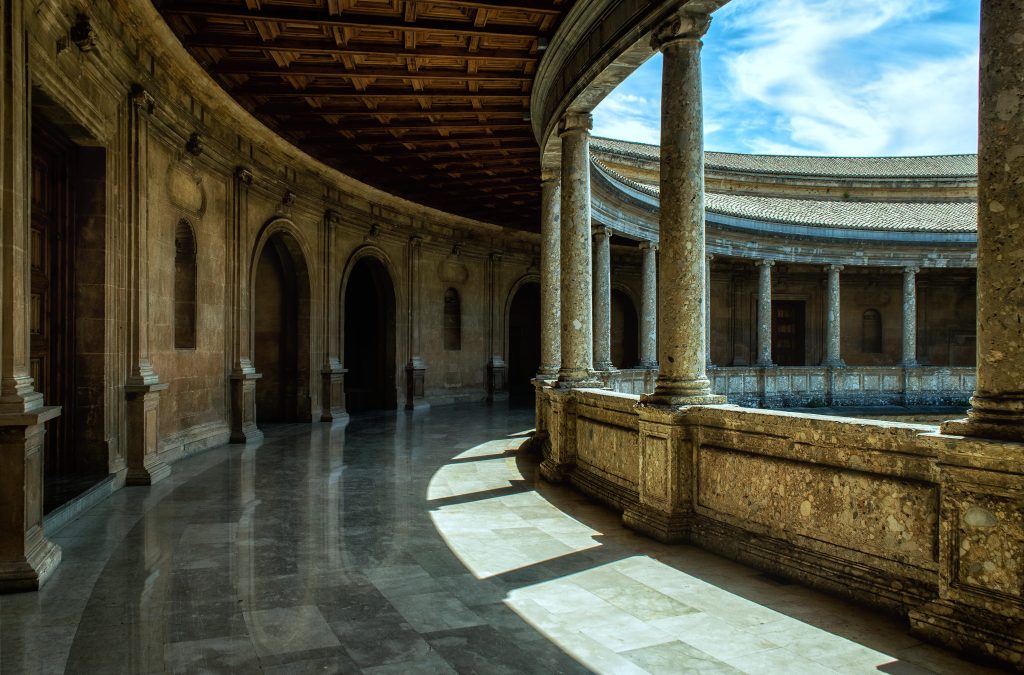
Hagia Sophia (Turkey):
Originally a cathedral, later a mosque, and now a museum, Hagia Sophia in Istanbul is a testament to the city’s rich history and cultural diversity. Its grand dome and stunning mosaics make it a UNESCO World Heritage Site of exceptional value.
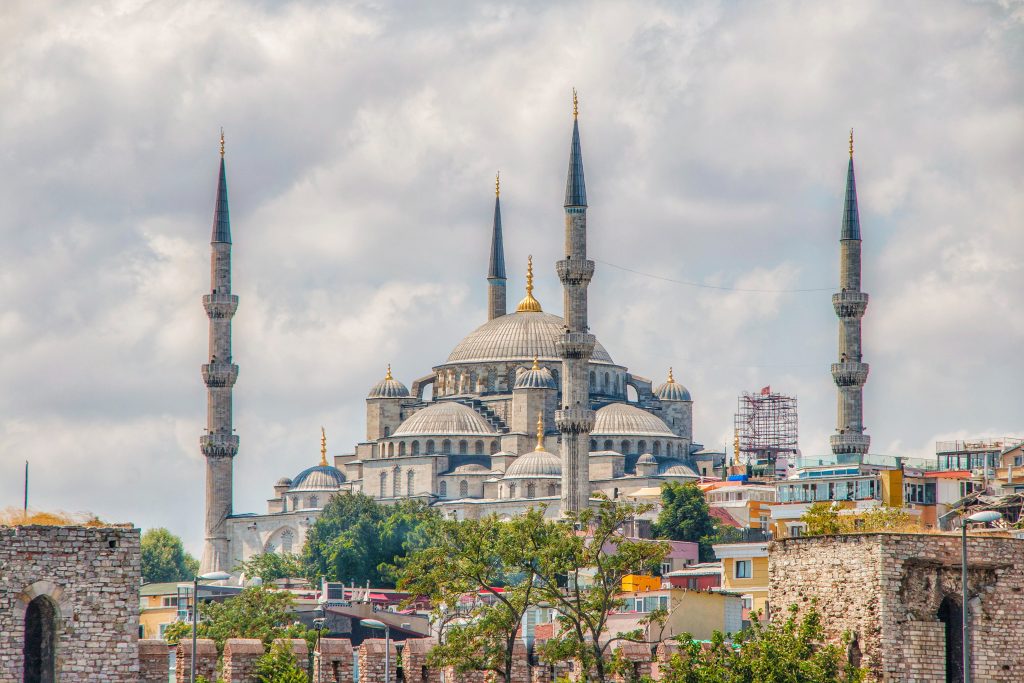
Mesa Verde National Park (United States):
Mesa Verde National Park in Colorado preserves the ancient cliff dwellings of the Puebloan people. These well-preserved archaeological sites offer a glimpse into the lives of the ancestral Puebloans, making it a UNESCO World Heritage Site.

These top 20 UNESCO World Heritage Sites represent a diverse tapestry of human achievement, natural wonders, and cultural richness. Each site tells a unique story, whether through ancient civilizations, architectural marvels, or the beauty of the natural world. As we explore these treasures, we gain a deeper appreciation for the collective heritage of humanity and the need to preserve these sites for future generations. Whether it’s the mystical Machu Picchu, the grandeur of the Great Wall of China, or the underwater splendors of the Great Barrier Reef, each UNESCO World Heritage Site invites us to embark on a journey through time and marvel at the wonders that define our shared global heritage.
